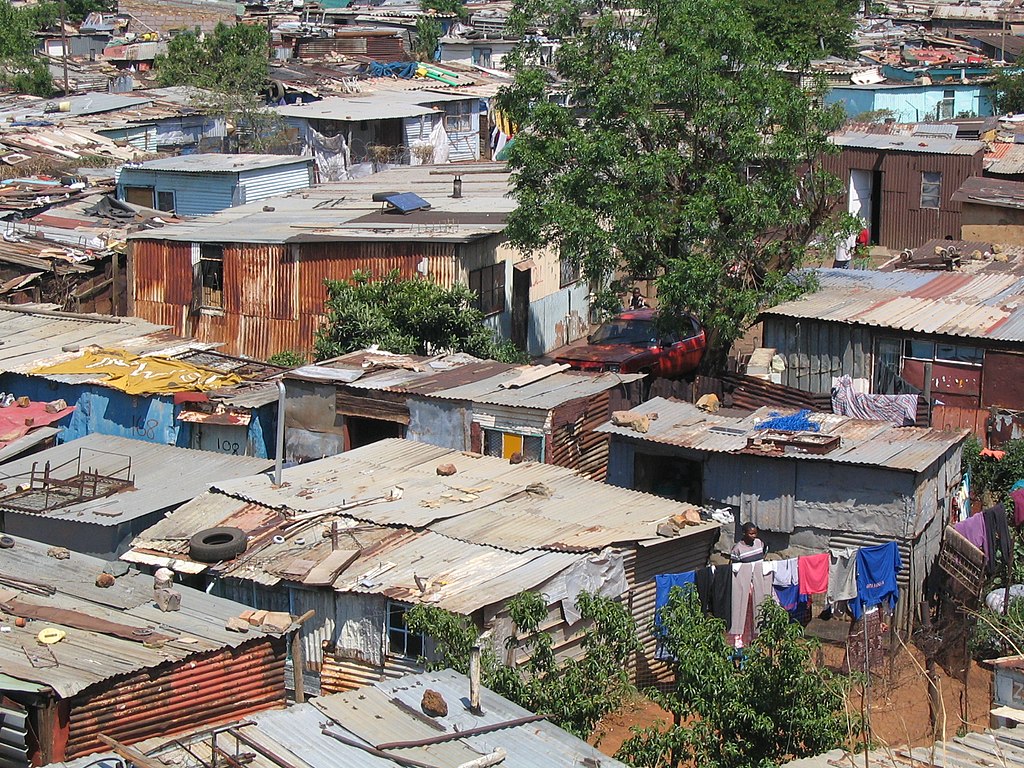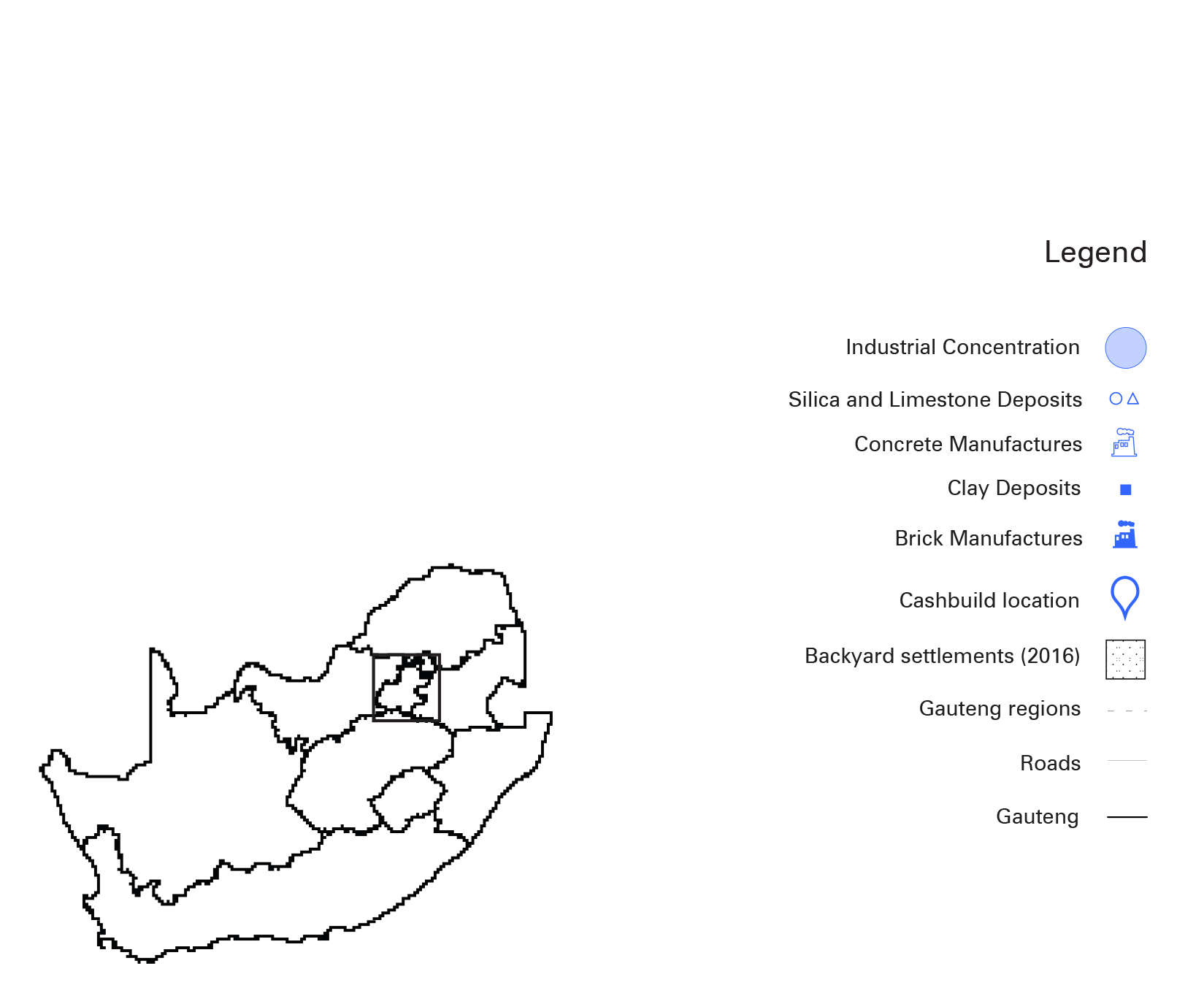Capacity
The urban development of Johannesburg is historically and politically connected with events that shaped the formation of neighborhoods of the city. The increase of population due to the mining activities in the area, along with governmental legislations, housing regulation and relocation of people within the city, resulted in growing housing demand. The South African Phenomena of backyard rooms has transformed from an informal uncontrolled building gathering, into a recognized and accepted housing configuration.
Looking into the evolutions of the two historical neighborhoods of Soweto and Alexandra, the atlas focuses on the basic living capacity and the difference between an organic growth, and a regulated policy. Through the lenses of building materials, infrastructure, and networking, the value of backyarding is emphasized as a phenomena that did not only generate a housing solution while the government failed to execute Land Acts, but also became a cultural condition of taking actions into small-scale hands. However, as a result of overpopulation and its unmatching infrastructure, many of these areas suffered and were exposed to low sanitary conditions, fire hazards and waste problems.
In time, this temporal living arrangement became permanent and the municipality has attempted both to develop new sites in the hope that backyarding will decrease. With the question of capacity still relevant, the investigation shows that the residents keep on adapting their housing configuration, going over the controlled new plots regulations and external actors such as “cashbuild” should expand their business profession from material accessibility to urban planning and permits.


Cashbuild For Your
Backyarding Needs!
Gauteng
This map shows the physical proximity between “Cashbuild” store locations and backyard housing in Gauteng province. The proximity represents the accessibility to building materials from financing to physical distribution.
Cashbuild Limited is southern Africa’s largest retailer and supplier of building materials, associated products and services, selling direct to cash-paying customer base, via NedBank.
The company, founded in 1977 and has been constantly expanding its chain of stores, making the independent housing growth called Backyarding, accessible. The company is community oriented, expressed both in the employment sector of its company and in creating solutions for the growing housing shortage in South Africa.
Cashbuild has managed to position their stores optimally to ameet the demand and therefore, established a strong customer base in the rural areas, amongst previously disadvantaged home improvers, and small scale building contractors.



Material Proximity
Gauteng
This map shows the locations of clay, silica and limestone open cast quarries, as well as brick and concrete manufacturers, in Gauteng, South Africa.These are the main materials used for the construction of backyard rooms. The close proximity of the factories and manufactures to the quarries, besides being sustainable and easier to facilitate, also allows for the reduction of prices and contracts between the factories and local material stores.




